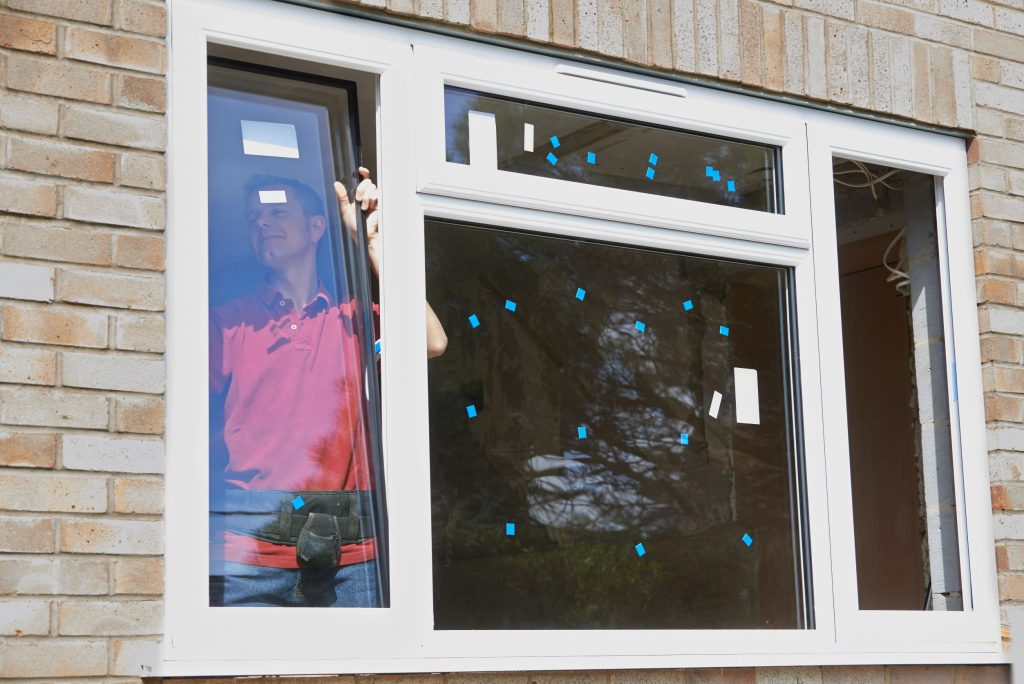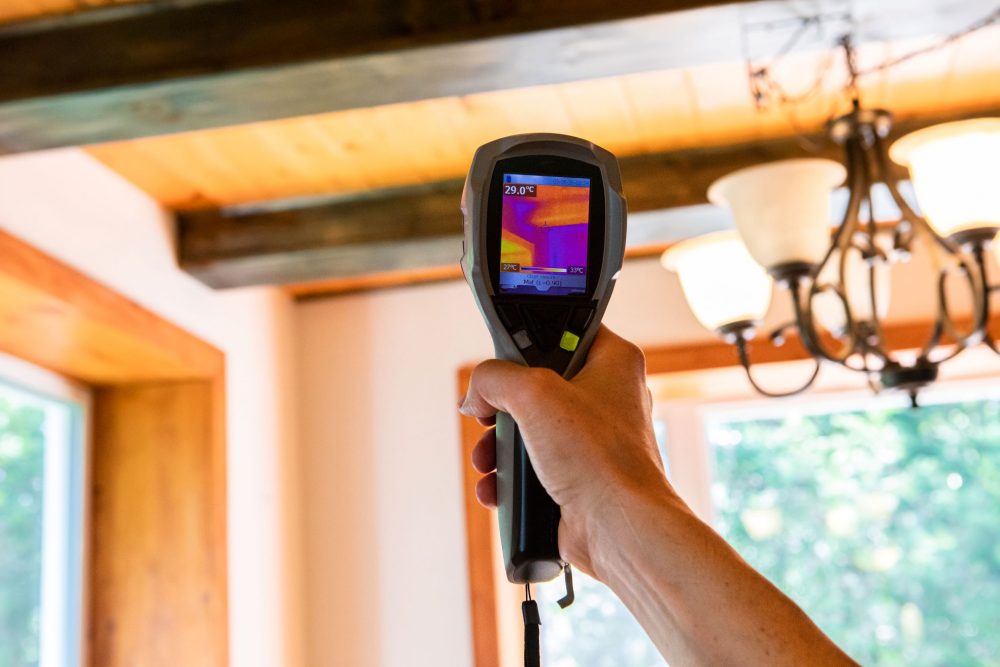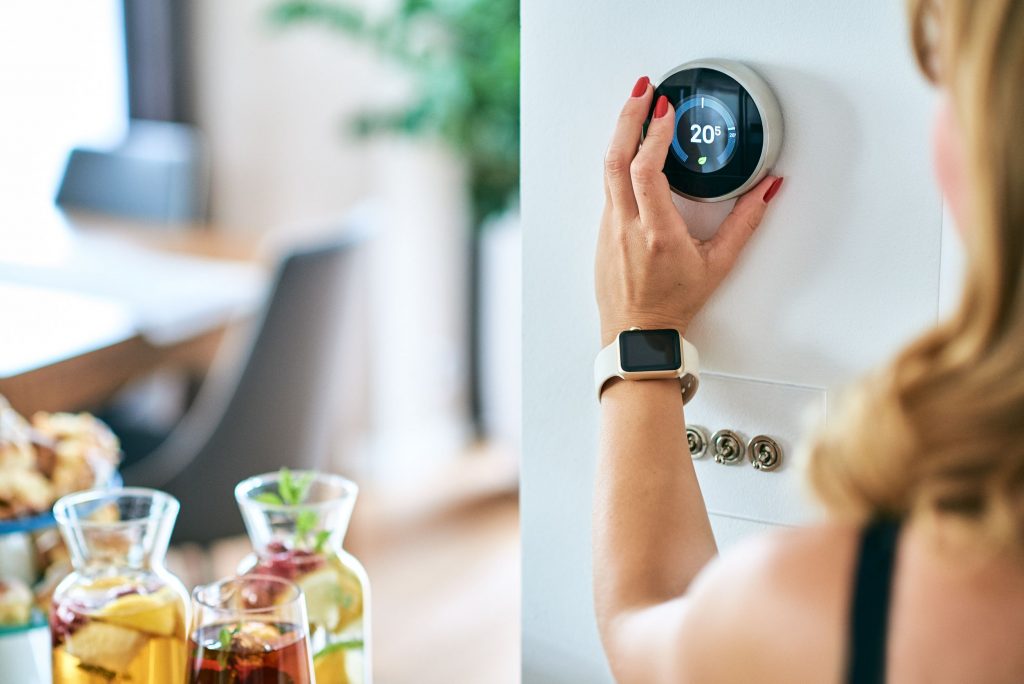
You don’t have to be a rocket scientist to know that energy efficiency is one of the top priorities in today’s world. That’s why so many homeowners are making it a priority this year to save as much energy as possible in their homes.
Saving energy isn’t merely a good idea, it’s essential if you want to keep your home and its expenses under control. Even with the modern push towards renewable energy sources, homes still rely on traditional energy sources such as electricity and natural gas for their primary source of heating or cooling.
These heating and cooling functions can consume a large amount of energy just by working. They can also be very costly. That’s why it’s so important to make sure that you’re saving as much energy as possible to lower your electric bill and utility costs at the same time.
Whether you’re just getting started with these tips or want to add new strategies to your repertoire, we have the best energy-saving tips for your home, compiled into our top 10 list below.
So take a look at these top 17 energy-saving tips for your home and start taking steps toward saving money and reducing carbon emissions today!
1. Install window- replace old
If you’re like many people, you replaced your windows in your home the last time you had insurance coverage. That’s probably because you didn’t know how much money you were saving and how much improvement it would make to your home.
Replacing old windows with energy-efficient versions can save you large amounts of money in the long run by cutting down on energy costs. You may even be able to get an energy-efficient window for free if you have a broken window or have to pay to have it fixed.
2. Use low-efficient appliances
If you have old, inefficient appliances that are still in use, it’s time to get them replaced. Most modern appliances are more efficient than their predecessor. These appliances include the refrigerator, the dishwasher, the cooler, the furnace/air conditioner, and more.
When it comes to finding the best appliance replacements, research the models and brands you’re interested in. Many websites will help you find the most energy efficient appliances available, but make sure you do your research and shop around to get a better understanding of the brands and models you want to choose from. You can also contact local appliance repair shops and see if they’re willing to evaluate your old appliances and see if they can’t match up with your new gear.
3. Find low-cost energy efficiency measures
One of the best ways to save on energy costs is to reduce your overall home energy use. One way to do this is by finding efficient ways to light your home. Look for appliances that can be re-programmed to use less electricity, and turn down the lights when you’re not using them. These are just a few of the things you can look for when searching for low-cost energy efficiency measures.
4. Make smart home decisions
One of the best ways to make your house feel more like home is by making sure it feels safe and cosy inside. One of the most common ways to make your home feel less like a hotel room when you’re not home is by installing smart home devices. These devices can help you save money and provide you with important safety and security risk information when you’re not around.
Another way to make sure your home feels more like home is by choosing to lower your indoor air temperature. This can save you both energy and time as you can turn your air conditioning off when you leave home and let the air temperature drop as you go to bed.
If you’re a brand-new homeowner and are still deciding how to make your home energy efficient, the easiest thing to do is to make smart home decisions. You can save money in almost every way by making sure power tools and appliances are energy-efficient, and you can also keep your lights and electronics off when you’re not using them to save energy.
5. Know the system and its components
When it comes to saving energy, you need to know your system and its components. This will help you understand where there is room for improvement and give you a head start on making changes. You should also be familiar with any coupons or special offers that have been providing you with energy efficiency or energy savings.
You can usually find this information in your bill or on the website of the energy companies. This will also give you some insight into the company you’re dealing with and how they’re doing their best to help you save money.
6. Lower your home’s energy use
One of the best ways to lower your monthly energy bill is by lowering your overall home energy use. One way to do this is by using low-efficiency appliances. When you reduce the amount of electricity your appliances consume, you can save even more money in the end.
Another way to lower your overall home energy use is by using less lighting. This can help you save on both lighting and electricity costs as the lighting in your home will be used less often.
7. Use cool bright lights for reading and other tasks
Reading lamp brightness is one of the best ways to keep your home’s lighting low when you’re not home. While most households have upgraded to LED light bulbs, they are not the best option for reading. These types of lights are moderate in intensity and can be bright enough to read by, but not so bright that you have to squint while you’re reading. By switching to LED or CFL bulbs, you can save on electricity as well as CO2 emissions.
While it may be tempting to keep all the lights in your house on high when you’re gone, doing so will just add to your overall electricity bill. Instead, lower the lights in your home when you’re not present so that you can save on energy and reduce your carbon footprint at the same time.
8. Turn off the water heater before you leave home
Did you know that turning off the water heater before you leave home can save as much as 25% on your monthly water bill? Water heaters account for the largest energy drain in your home, so it’s good practice to check the tanks and make sure they aren’t getting close to full.
9. Install an energy-efficient lightbulb
Did you know that an energy-efficient light bulb will save as much as 15% on your monthly electricity bill? The savings can add up over time, so make sure to change out your light bulbs according to your home usage requirements.
10. Double check your insulation is up to date
Insulation plays a vital role in reducing your home’s energy use. A standard home insulation measure is to insulate your home’s exterior walls with at least 1 inch (25 mm) of foam.
Insulation is one of the single biggest factors that determine how much hot and cold air can flow through your home. The best insulation is sprayed on the inside of your home. The air that is inside your home is much cooler than the air outside your home. This is why it is important to use the best insulation for your home.
While spray foam insulation is quickly becoming more popular due to its low upfront costs and good thermal performance, there are still many homeowners who use the old-fashioned, less efficient “board and batten” method of insulation. You can greatly reduce your energy bill by upgrading to better insulation.
11. Turn off the water heater before you leave home
When it comes to water heater bills, you do get what you pay for. By following these water heater efficiency tips, you can save a small fortune over the life of your heater. Installing a water heater that uses as little energy as possible is one of the most effective ways to reduce your monthly water bill.
Another way to save on water heating bills is by turning off the water heater when you’re not using it. By doing this, you’re not only saving on energy bills, but you’re also preventing water from being wasted and water from returning to the sewer line.
12. Install an energy-efficient lightbulb
The average British lights their bulbs using 40W of energy. By switching to energy-efficient light bulbs, you can further reduce your monthly energy bills and cut down on pollution. The best energy-efficient lightbulbs are low-flow and have a timer feature. These can help you save even more on energy bills by regulating the amount of light provided by the bulb.
13. Calculate your utility costs and use savings wherever possible
One of the best ways to get a handle on how much energy you’re using and saving is to use an energy monitor. These devices connect to your home’s energy efficiency program and provide you with insightful information about your energy usage.
You can track your electricity and natural gas usage as well as your carbon footprint. These monitors can help you understand where there is room for improvement and give you a head start on making changes.
The best monitors provide graphs and data that are easy to understand as well as contain significant statistical information so that you can make informed decisions about your energy usage.
There are a variety of monitor options available that can help you save energy but the most popular one is the digital plug-in hybrid (DPDT) monitored plug. These plug-in hybrid monitors use sensors to help you understand and manage your energy usage. There are also standalone DPDT monitors that you can purchase that don’t require a base to detect energy usage. These devices are designed to help you save money on your energy bill and carbon footprint at the same time:
14. Turn off lights when they’re not needed
This might seem like a no-brainer but seriously, why do you have to spend money on lights when you’re not using them? They’re just wasting energy. Once you start looking into this, you may be surprised at how much energy is wasted.
The easiest way to cut down on wasted energy is to turn off the lights before you leave a room. This will allow you to save both energy and money. If you want to use the light, turn it on when you’re ready to use it. This saves both time and energy.
Another way to save energy is to dim the lights when you’re not using them. This will allow you to save on both light and electricity costs. You can also use LED light bulbs that have a dimmer feature. This will allow you to save even more energy:
15. Lock in that heat before it goes out to the rest of your home
Home heating and cooling systems are very energy-intensive. This means that when it’s not necessary to keep the air temperature inside your home at a certain level, the heating or cooling system is not operating at full capacity. By letting the heat go out, you’re wasting energy.
There are a few ways to reduce wasted heat in your home. The easiest way is to use an efficient fireplace. The other way to reduce wasted heat is to use an efficient lightbulb. Make sure the light is off before you leave a room. You can also use a humidifier when you’re not using the air conditioning to help regulate your indoor climate:
16. Set the stage with the thermostat
One of the most important things you can do to save energy is to set the stage heaters. HVAC systems are designed to remove heat from one area and distribute it to other areas of the house. Make sure, however, that the heaters you’re using are keeping the rest of your house at the appropriate temperature. This will allow you to save on both electricity and heating costs.
17. Keep dry cells and batteries in stock
One of the most significant things you can do to reduce your household’s overall energy use is to stock up on batteries and dry cells. These are small, efficient devices used to store energy and they can be used to power fans, lights, and other small appliances. They’re inexpensive and much better than using a lightbulb. Make sure to keep these items in a cool, dry place and they will last much longer.
Bottom Line
Efficiency is key when it comes to saving money and reducing carbon emissions. By following these 17 energy-saving tips, you can significantly improve the efficiency of your home, cutting down on your monthly energy bill and increasing the life of your appliances.
This can lead to significant savings over time, as energy efficiency improvements can be applied to virtually any type of home.



